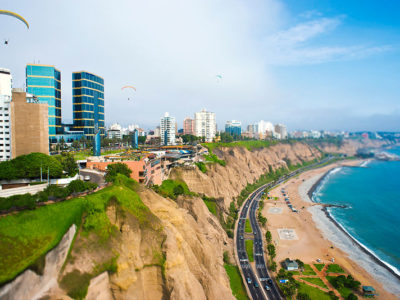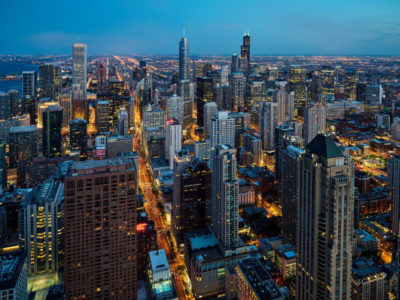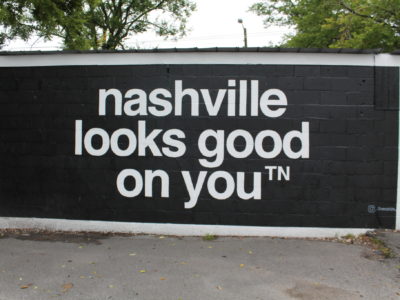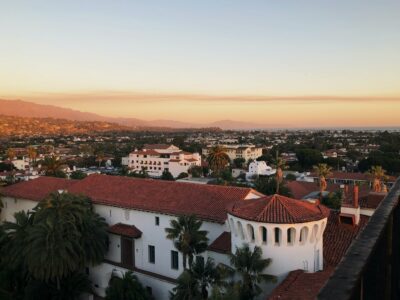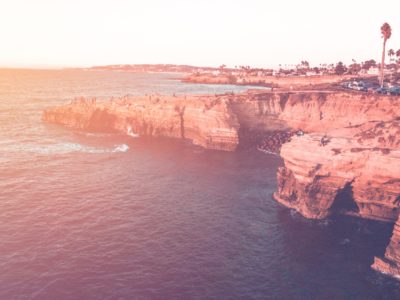Lima, the “city of the kings,” translating as Ciudad de los Reyes, represents great historical and architectural value. The Peruvian capital, founded in 1535 by Spanish conquistador Francisco Pizarro, is the most populated city in Peru and the seventh most populated city in Latin America. However, the capital of the once-powerful Spanish empire does not receive much attention as other cities such as Cuzco, home of one of the most recognized tourist attractions; Machu Picchu. Nevertheless, Peru features various awesome places for visiting, as climate diversity and various landscapes make the country unique. So, people can explore many places and witness dozens of events.
Take a look at 24 things to do in Lima in 24 hours.
6 a.m: Jog at El Pentagonito
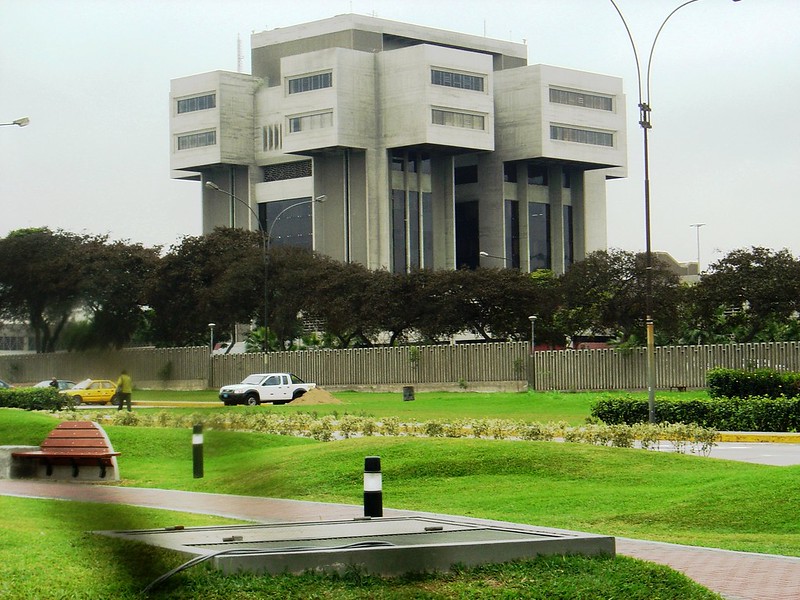
If you visit Lima and struggle to find an adequate place to jog, the Peruvian military headquarters at the San Borja district calls your name. The Pentagon in Washington D.C served as an inspiration for naming the headquarters, even though it does not have the form of a pentagon. In Spanish, “Pentagonito” directly translates to “little pentagon.” In the surroundings of El Pentagonito, wide roads welcome joggers for a safe excursion. In addition to running, el Pentagonito offers other activities like renting a bike and playing team games such as volleyball.
7 a.m: Eat chicharron near the beach
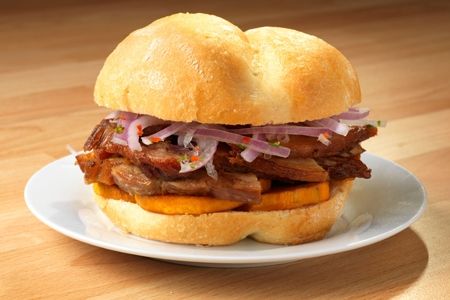
Peruvians eat chicharron mostly during breakfast. Chicharron consists of a pork meat sandwich with an onion sauce and sweet potato slices. Usually, restaurants provide visitors with breakfast menus including a pork meat bowl, fruit juice, coffee and a little plate of sliced onions on the side. However, for the best fresh chicharron, head toward the beach. Locals even drive from the city to the beach boulevards and centres just for the chicharron.
8 a.m: Visit Peruvian pre-Hispanic cultural sites
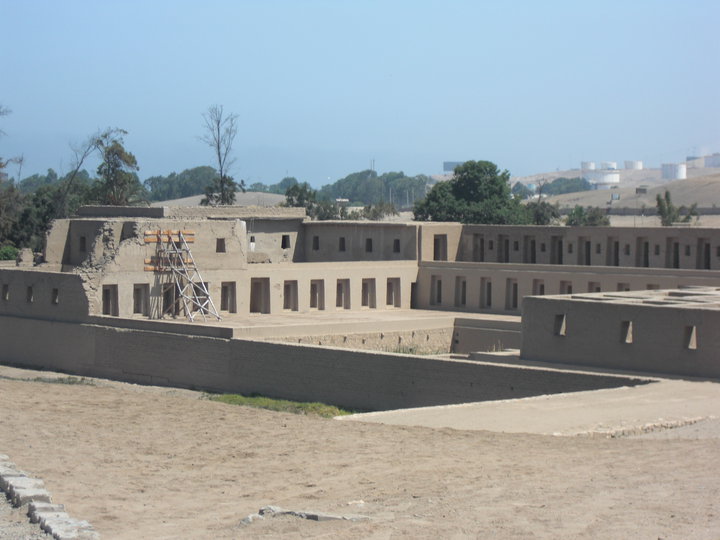
You may have heard about Machu Picchu in Cuzco. The symbol of the mighty Incan state is the most important pre-Hispanic culture in all Latin America. However, Lima also has some pre-Hispanic cultural sites that are even older than those Incan sites. Pachacamac, one of these locations, is approximately 40 kilometres outside of Lima. Pachacamac was built around 200 A.D and it was busy until the arrival of the Spanish conquistadores. A great archaeological site full of history and tradition, tourists gather in groups and explore the ruins and sculptures. Take plenty of water because Pachacamac resembles a desert and the weather is extremely hot.
9 a.m: Relax at Pantanos de Villa
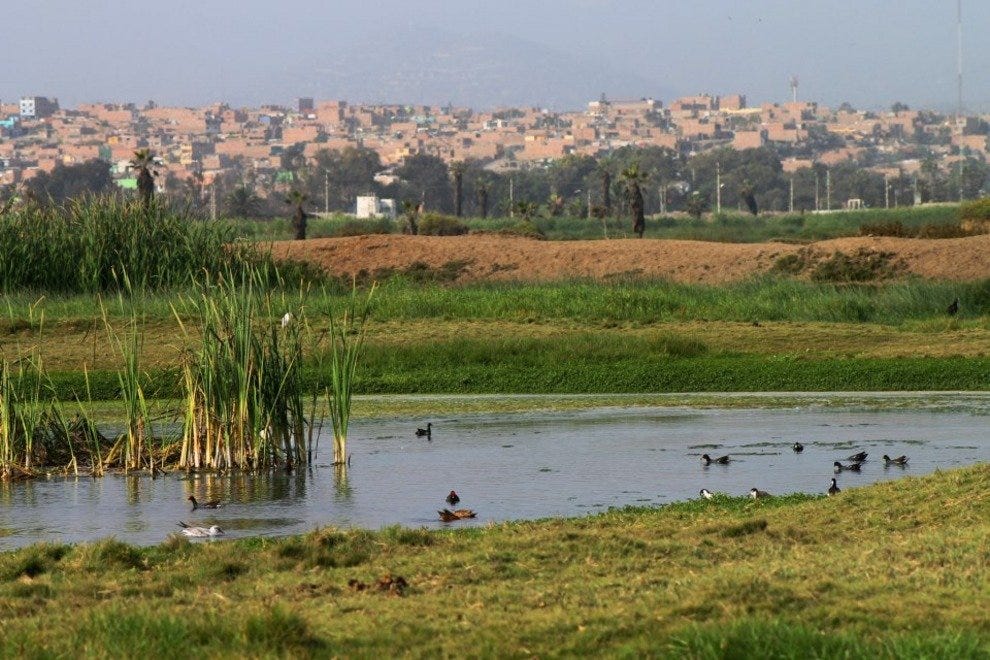
The Pantanos de Villa, or Villa swamps, is a wildlife refuge located in the Chorrillos district. People can visit these swamps and witness plenty of animals. Compared to the previously mentioned Parque de las Leyendas, the Pantanos de Villa limits their visits to only a few people, since the swamps plan to store the ecosystem of the animals there. The lagoon by the beach is one of the most popular parts of the refuge. Here, beautiful birds such as geese, ducks and pelicans live in peace.
10 a.m: Walk by the Parque de la Amistad
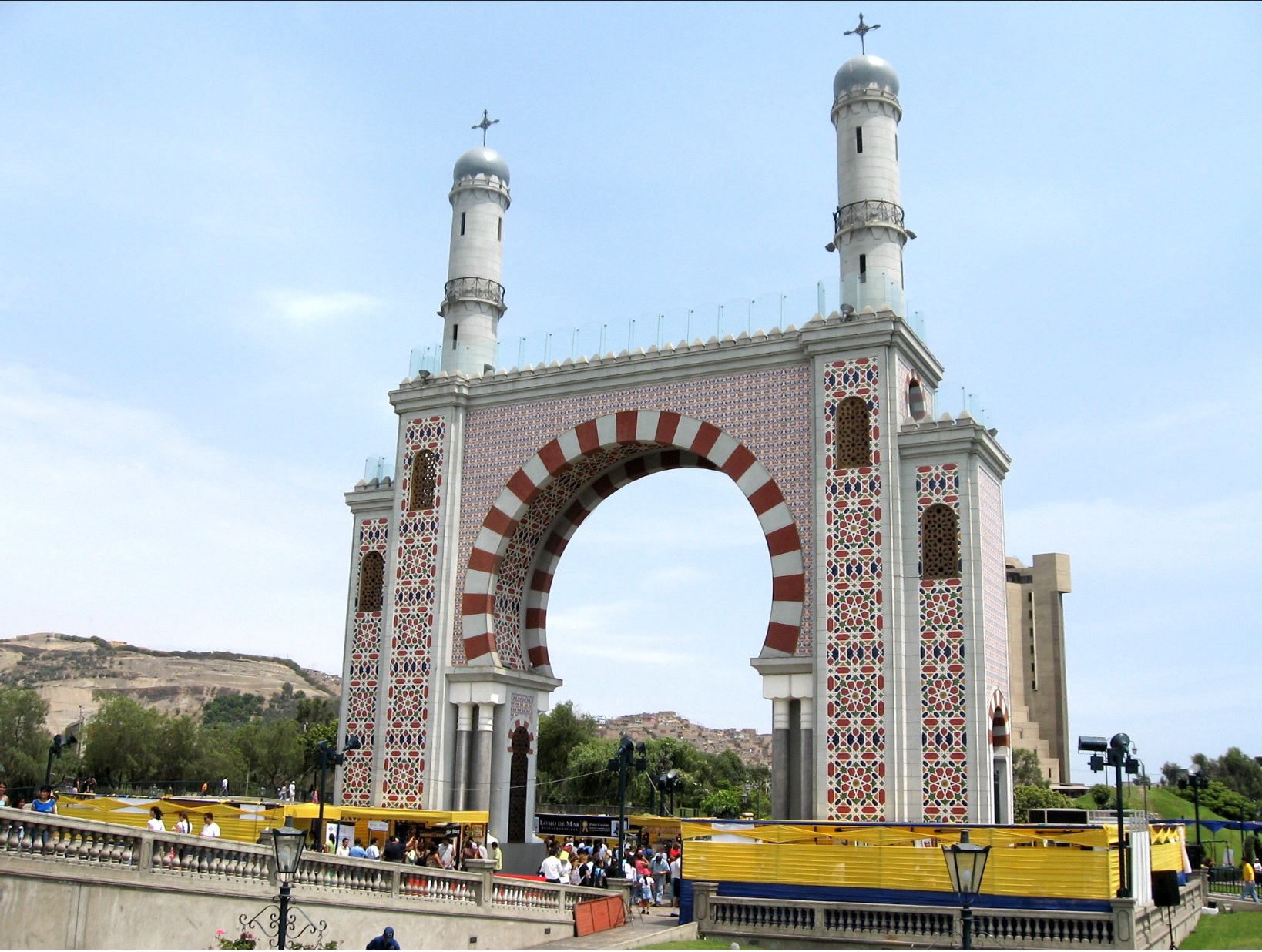
Translated as “the friendship park,” Parque de la Amistad is located in the Surco district. The “friendship” arch, an Italian-architecture style attraction, is the park’s symbol. At the Parque de la Amistad, visitors can paddle in a pond for watching ducks, see rehearsals from African-Peruvian dances, and taste some of the Peruvian gastronomy. “Generally, people go with their families and children. So, it is unusual to see groups of teenagers hanging out here, unless we’re talking about couples,” said Renzo Cerna, a native of Lima. Visitors witness some couples in a photoshoot before their wedding. Children, on the other hand, enjoy a ride on a train that takes them around the park.
11 a.m: Enjoy wildlife at Parque de las Leyendas
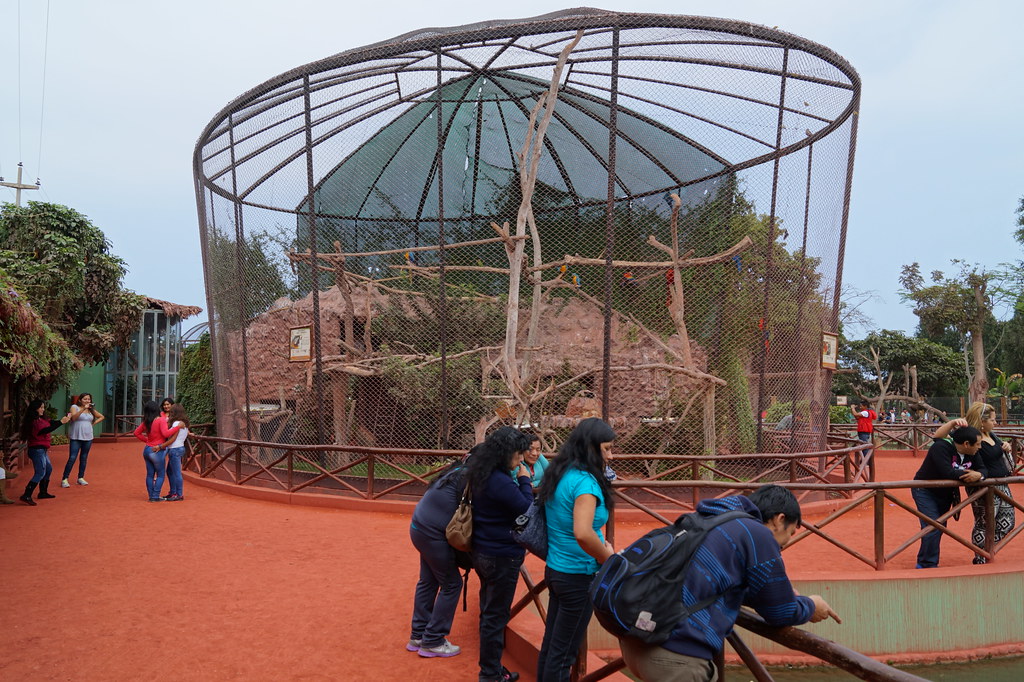
Located outside the metropolitan area, the Parque de las Leyendas serves as one of the most important zoos in the Peruvian capital. The zoo houses lots of animals from all over the world. From exotic African giraffes to colourful birds from Asia, the zoo’s variety is the main reason why visitors enjoy walking around the grounds. Since the size of the zoo is relatively big, it holds restaurants and places to eat. As for entertainment, the Parque de las Leyendas also includes boat rides, botanical gardens, ruins, playgrounds and amusement parks for the kids.
12 p.m: Eat ceviche near the Callao port
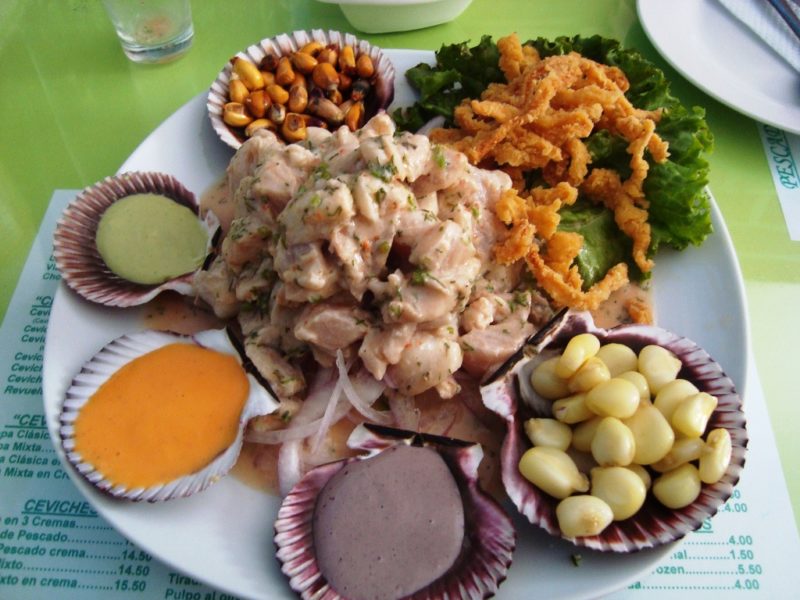
All restaurants from all districts around Lima serve the Peruvian flag dish, Ceviche. However, the Callao port hosts the best spots to eat this delicious plate. Located at the Callao Constitutional Province, you can see hard-working fishermen in huge boats carrying fish around — the same fish used for preparing ceviche. If you prefer fresh food above anything else, then check out this spot.
1 p.m: Learn about history at the Real Felipe stronghold
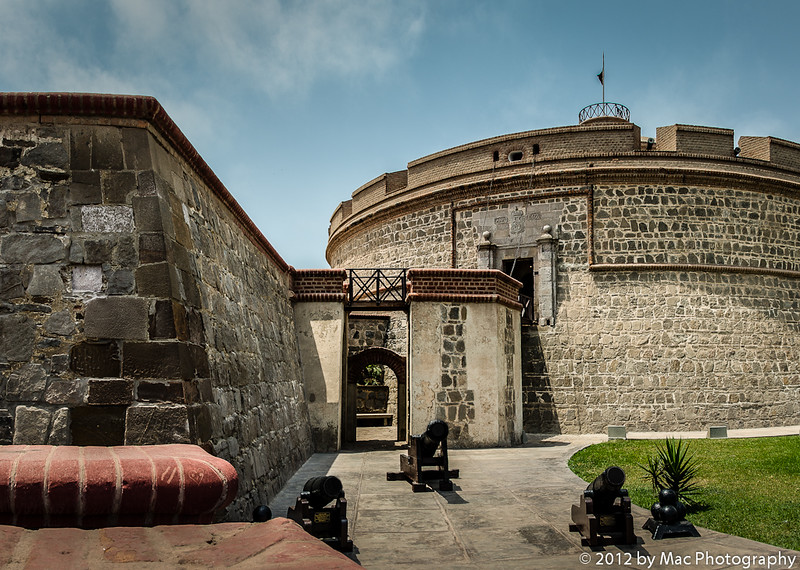
Located near the Callao port, the Fortaleza del Real Felipe, or Real Felipe stronghold is a military fortress built during the Spanish viceroyalty for protecting the empire from pirates and corsairs. Now a museum, guards tell tourists and locals wonderful tales and urban legends. In addition, visitors also enjoy buying souvenirs from the official store. Because the building is under the Peruvian army jurisdiction, guards still patrol the grounds. To keep the fortress’s ancient essence, guards dress as those from the viceroyalty.
2 p.m: Paraglide in Miraflores
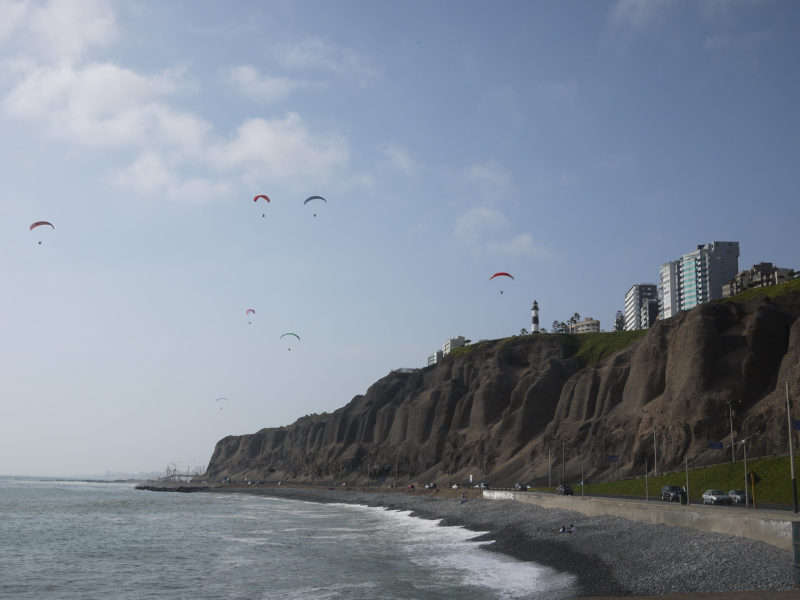
Remember the wonderful view of the Costa Verde? What if I told you tourists can explore the Peruvian coast in a paraglide? The Parapuerto agency, who oversees the paraglide, allows tourists to see the entire Miraflores district. If you love the adrenaline rush and extreme sports, paragliding guarantees fun, adventure and beautiful sights.
3 p.m: Visit Larcomar
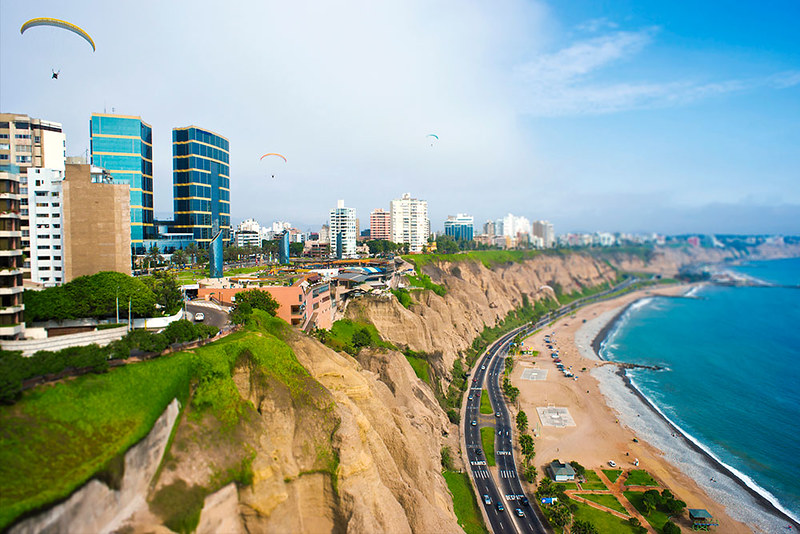
Near the Costa Verde, Larcomar mall presents a wonderful view of the seaside and the highways. People who go to Larcomar can not only enjoy amazing sights while eating delicious Peruvian and foreign food as well. Don’t worry about what time of day you visit — chances are, you’ll face a crowd. During summer, you can see the sun’s reflection on the seaside. On the other hand, during winter, a huge fog covers the coastline. At night, restaurants and stores’ lights turn on, making the mall even prettier.
4 p.m: Eat pasta at Don Rosalino
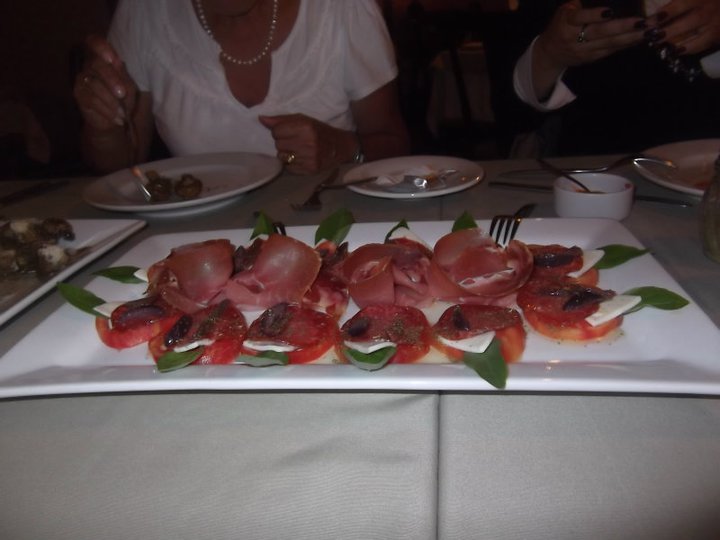
This little Italian restaurant located in San Borja district never let me down, and I am sure it will not let you down either. Opened in 2000, this restaurant serves the perfect resemblance of authentic, tasty Italian pasta such as linguine, farfalle and traditionally made pizza. With the restaurant’s kitchen adjacent to the tables, visitors observe the entire process of how chefs prepare their plates. You know the motto; fresh food is always the best.
5 p.m: Go to Lima Historic Centre
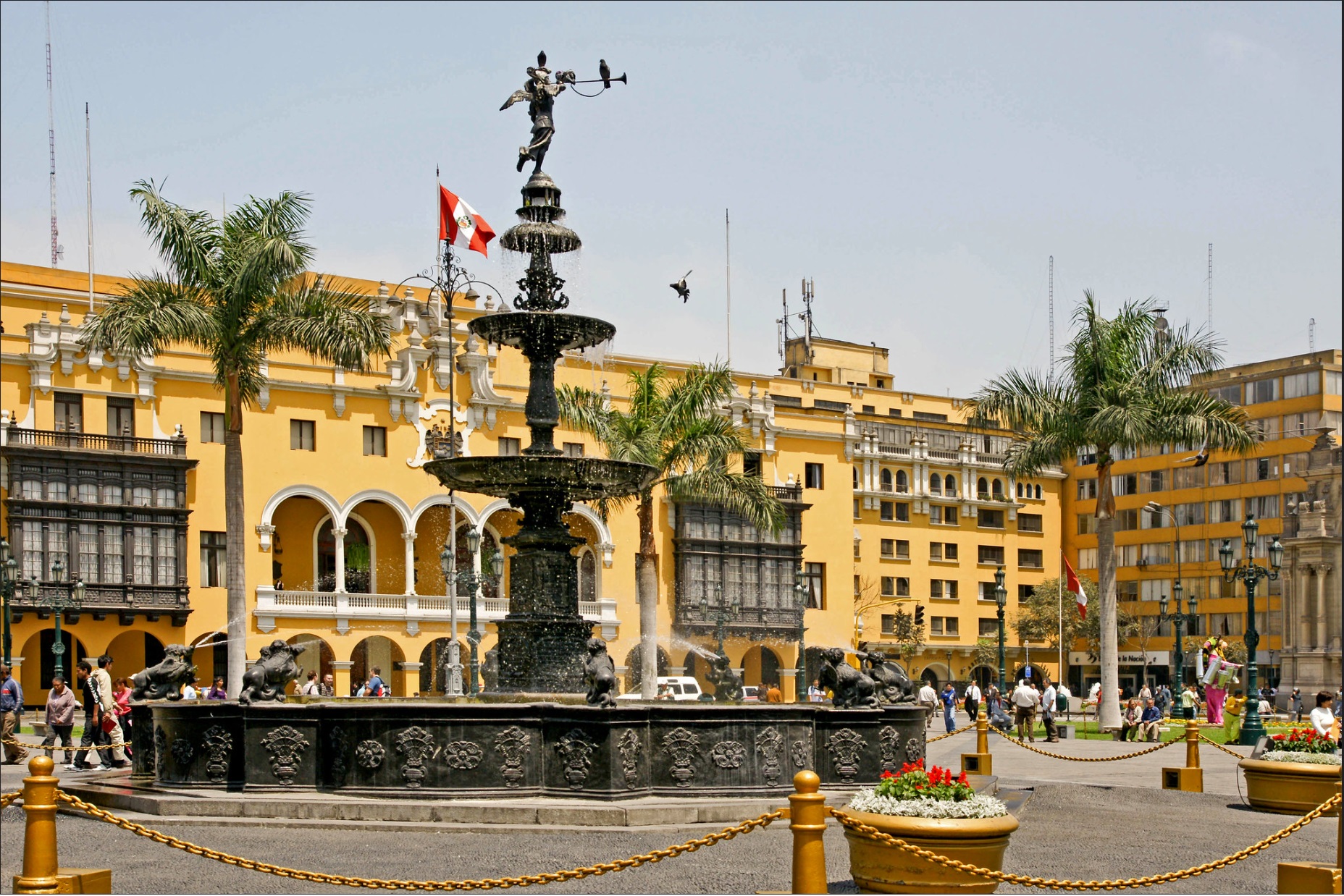
Known in Spanish as El Centro de Lima, tourists visit the Government palace to find wonderful, colonial architecture. It feels like traveling back to the 18th century while surrounded by untouched, historic buildings from the Spanish Empire. “I remember my time there. I have always liked the architecture and the fact that it keeps its colonial-style,” said Tino Christou, a Peruvian citizen currently living in Finland. Besides the antique architecture, carriages give private tours to visitors and the Government palace’s guards constantly patrol the area. As you explore the centre, many restaurants and boutiques await you.
6 p.m: Look at the Plaza San Martin
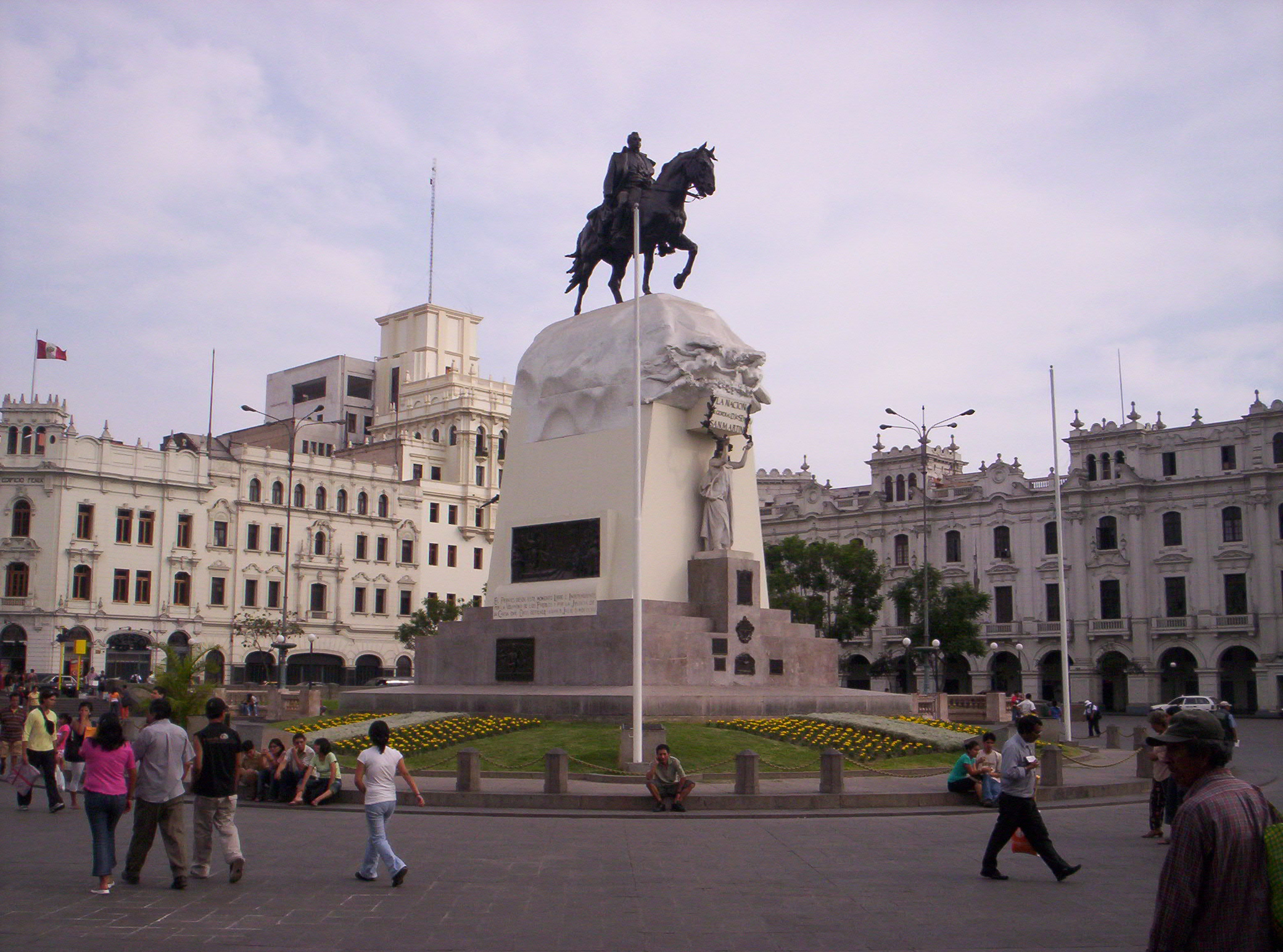
The most important public space in Lima is the Plaza San Martin, near the Lima Historic Centre. It was dedicated to Peru’s liberator, Jose de San Martin, leaving the space with a wide historical significance. In 1921, the Plaza San Martin opened its doors to the people, with ceremonies and even a speech from the Peruvian president during that time. The Plaza San Martin commemorates the Peruvian independence. Its main attraction is the huge San Martin statue in the centre, with a banner saying La Nacion y el General Don Jose de San Martin, translating to “The nation and general Jose de San Martin.”
7 p.m: Visit the Iglesia de las Nazarenas
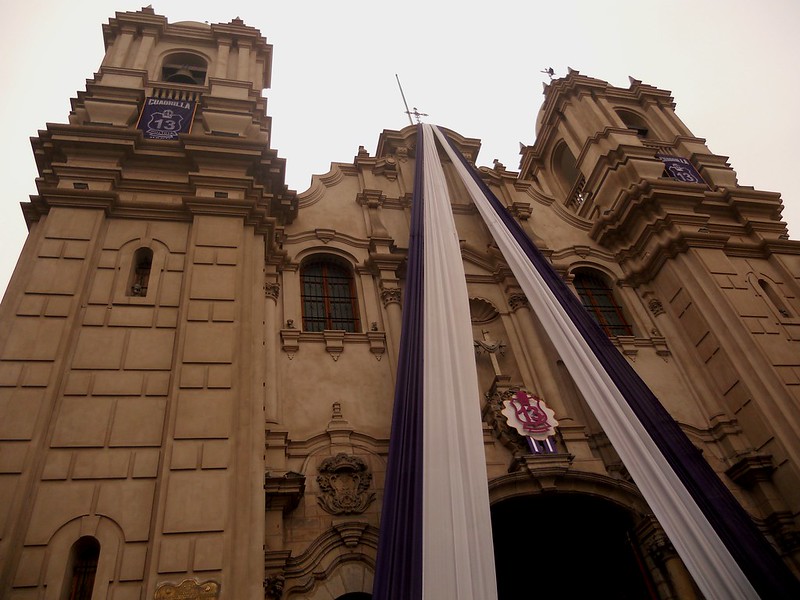
Built in 1771 during the Spanish viceroyalty, the Nazarenas Church is located near Downtown Lima. The symbol of the Peruvian Catholic Church, residents attend mass at the Nazarenas church. Masses at this church grow quite crowded due to the church’s size and importance. Nevertheless, tourists also frequent the church due to its interesting history and architectural beauty. The Nazarenas Church also hosts the procession of the Lord of Miracles, Peru’s principal religious figure.
8 p.m: Attend the Señor de los Milagros procession
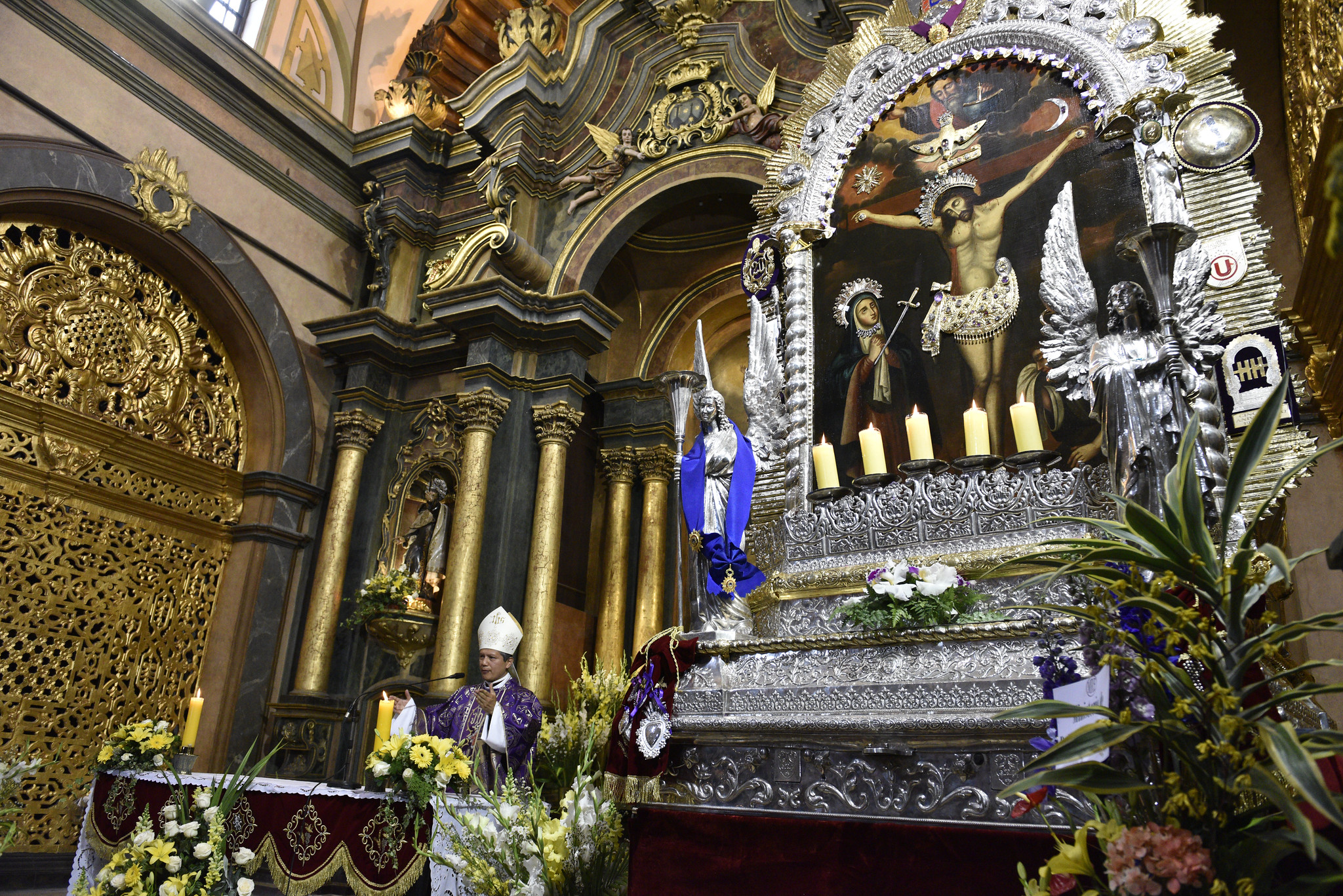
The Lord of Miracles, or Señor de los Milagros in Spanish, is the patron of the city and a recognized symbol of Christianity in Latin America. Church members take the “Purple Jesus” into procession during the 18th and 28th of October. Different districts of the city have their own Lord of Miracles image to participate in the procession. However, if you missed the chance to visit Lima in October, don’t worry. The original Lord of Miracles painting is at the previously mentioned Nazarenas Church. So, prepare your camera!
9 p.m: Go to Museo de Arte de Lima (MALI)
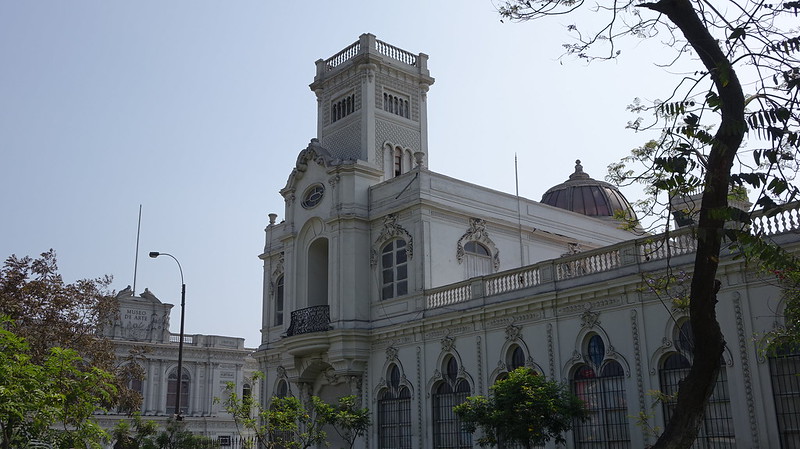
The acronym MALI, standing for Museo de Arte de Lima, preserves more than 3000 years of Peruvian history. It includes not only paintings from pre-Hispanic cultures, but also ceramics, metallurgic and drawings. Located in the exclusive La Molina district, the MALI allows tourists to contemplate history through four eras: pre-Columbian, Hispanic, Republican and Modern Art. “At MALI, you have a dozen things to observe, besides the things you may learn at school. You can observe whatever you want, moving from the conventional things,” said Rodrigo Quiroz del Valle, a native of Lima. When you visit the museum, you find many students from different schools, due to the cultural and historical stories one learns!
10 p.m: Eat Chifa at Calle Capon (Peruvian Chinatown)
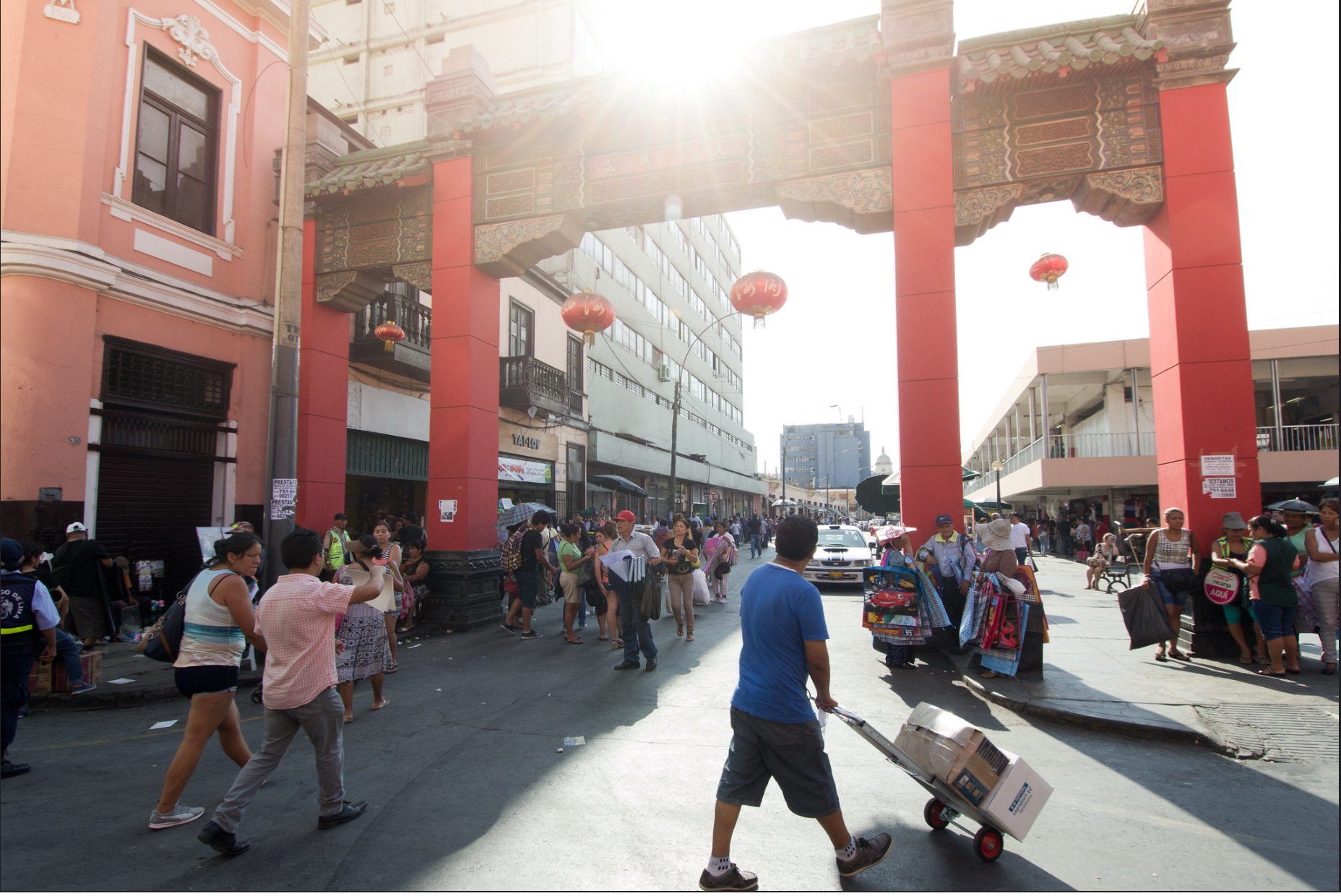
Like any other nation in South America, Peru is home to various groups of Asian immigrants, particularly from China and Japan. Nowadays, many of whom immigrated to Lima live in Capon Street, known as the Peruvian Chinatown. “Some Asian immigrants, most of them Japanese and Chinese, tell you how the district transformed from small stores to what it is nowadays,” said Norman Castillo, a Peruvian citizen. Here, visitors find Chifa restaurants, a mixture of Peruvian and Chinese food. In other words, chefs blend together foreign ingredients with those from Lima. Chifa restaurants became so popular that there is at least one restaurant in every district.
11 p.m: Eat Pollo a la Brasa with Inca Cola
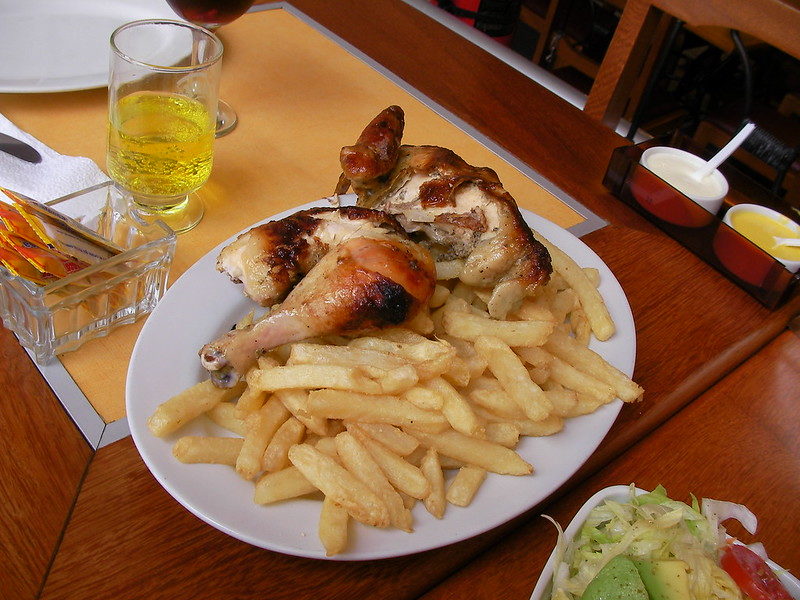
Peruvians love charbroiled chicken with French fries, the other popular Peruvian flag dish besides Ceviche. Like ceviche restaurants, many spots across the country sell this exquisite plate, and many tourists and locals love to eat it. Along with the charbroiled chicken, Peruvians love to lunch with Inca Kola, the yellow soda which according to tourists, “tastes like bubblegum.” It’s guaranteed that the best thing you will ever try is the combination of charbroiled chicken and Inca Kola!
12 a.m: Buy souvenirs at Mercado Inca
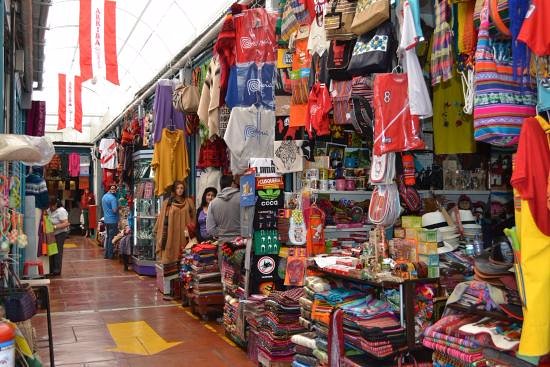
Did you really travel to a new destination if you didn’t buy souvenirs? The Mercado Inca, or Incan Market, is the best place to buy authentic Peruvian souvenirs. Across the city, the markets make and sell a great selection of Peruvian products. These products include postcards, clothes, hats, chullos (traditional hats from the highlands with earflaps), purses and bags. Some boutiques sell authentic paintings and metallurgy which provide a special remembrance of your visit to Lima.
1 a.m: See water fountains at Circuito Magico del Agua
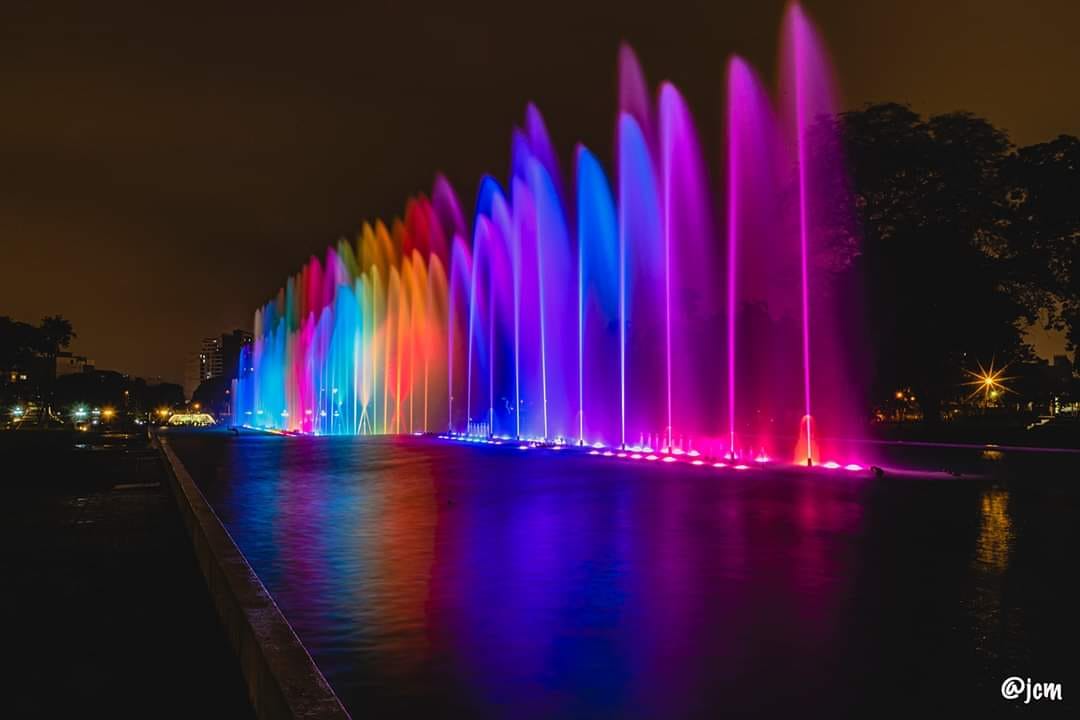
This thematic water park neighbours the stadium where the Peruvian national football team plays. The “Magic Water Circuit” offers its visitors the possibility to witness water fountains with different sizes and dimensions. Tourists and residents enjoy the view from the thirteen different fountains, where water spills out at a magnificent speed. “During daytime, the park is nice. But at night it becomes way better, with the lights and the water fountain shows,” said Mateo Jimenez, a native of Lima. The best part of the waterpark? Come at night and discover the colourful lights.
2 a.m: Visit the Barranco district.
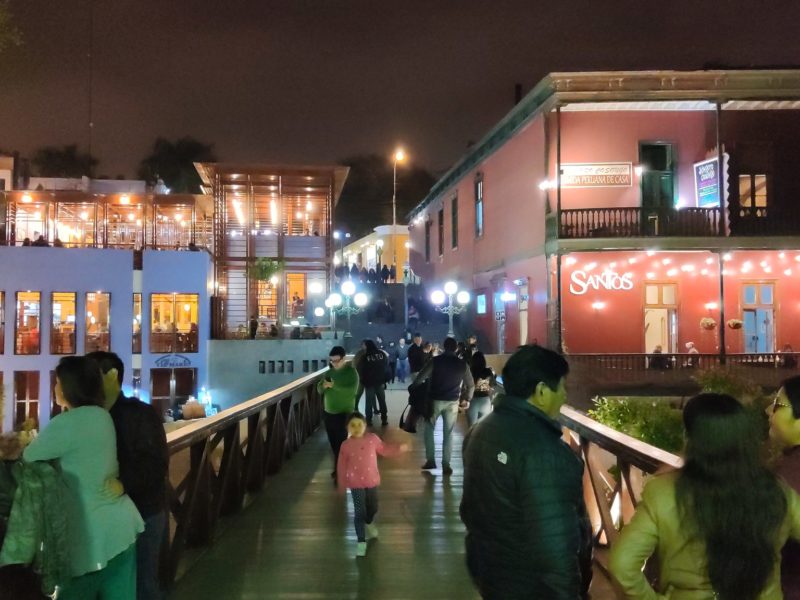
A colourful and busy neighbourhood, tourists and locals find graffiti and paintings across the Barranco district’s walls. Of all Lima’s districts, Barranco possesses a special place in many people’s hearts for their many bars and restaurants, which all serve Peruvian food from different regions. In addition, Barranco occasionally hosts music venues and historical expositions from colonial churches and mansions. The Bridge of Sights (Puente de los Suspiros in Spanish) attracts the greatest number of tourists who visit the district.
3 a.m Go to Kennedy Park
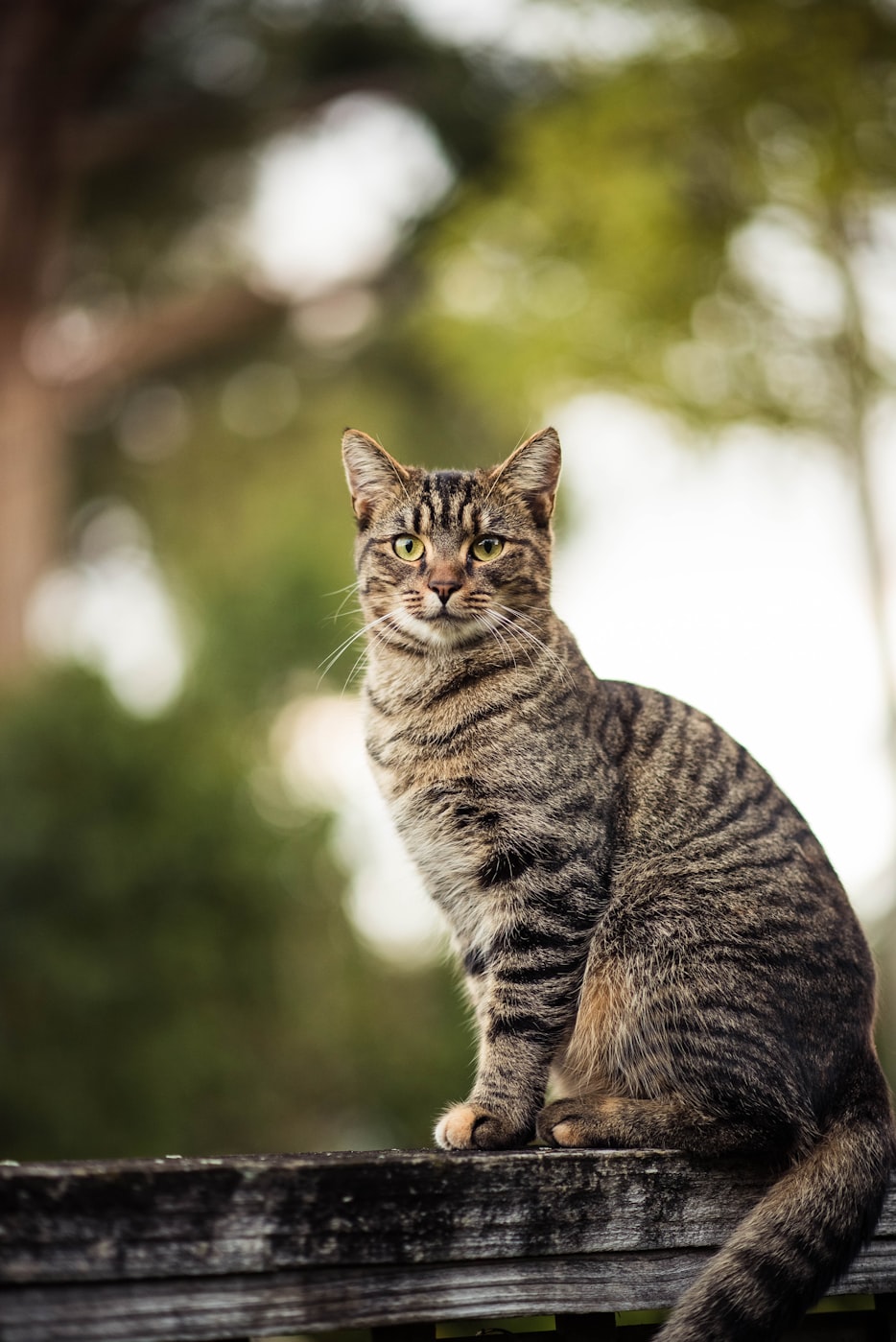
With many unique and special attractions, one of which will make many visitors to Kennedy Park in the Miraflores district laugh. The first thing one will notice when walking into Kennedy Park is the explosive number of cats lying around on the grass. Due to the large number of cats that roam around, patrons of the park can adopt if they fall in love with a certain furry friend. Don’t despair, the park also guarantees some fun for dog lovers. Kennedy Park is not only animal friendly but also provides a stage where dancers and street comedians host entertainment shows. For hungry guests, food trucks stop by the street. Animals, entertainment and food? Count me in.
4 a.m: Enjoy food at Mistura
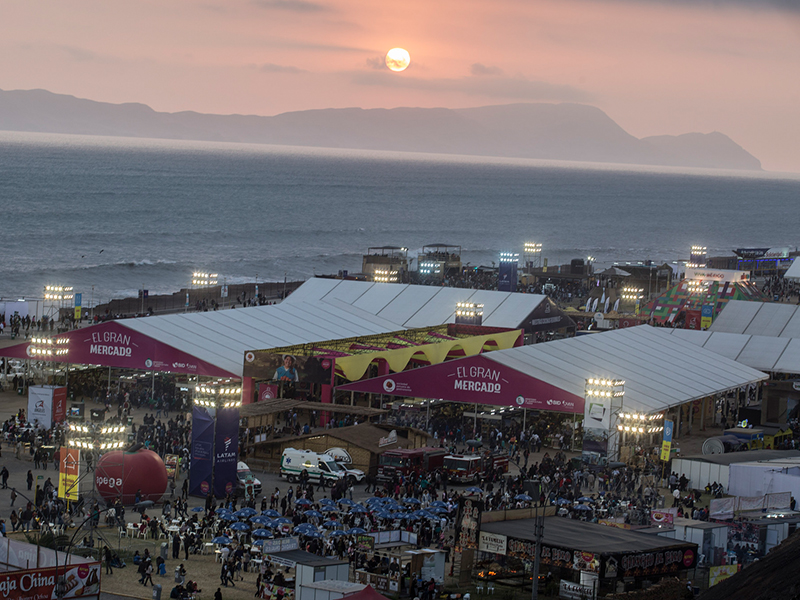
Globally recognized as a melting pot of Peruvian cuisine, the Mistura culinary fair includes dishes from all three main regions of the country: coast, highlands and jungle. Peruvian restaurant and bar owners set up their respective spots and provide visitors with food samples. The most popular spot from the fair is El Gran Mercado, or “The Great Market.” Here, commensals buy fresh produce products only available in the fair, such as coffee grains from the highlands.
5 a.m: Spend a wonderful time at Costa Verde
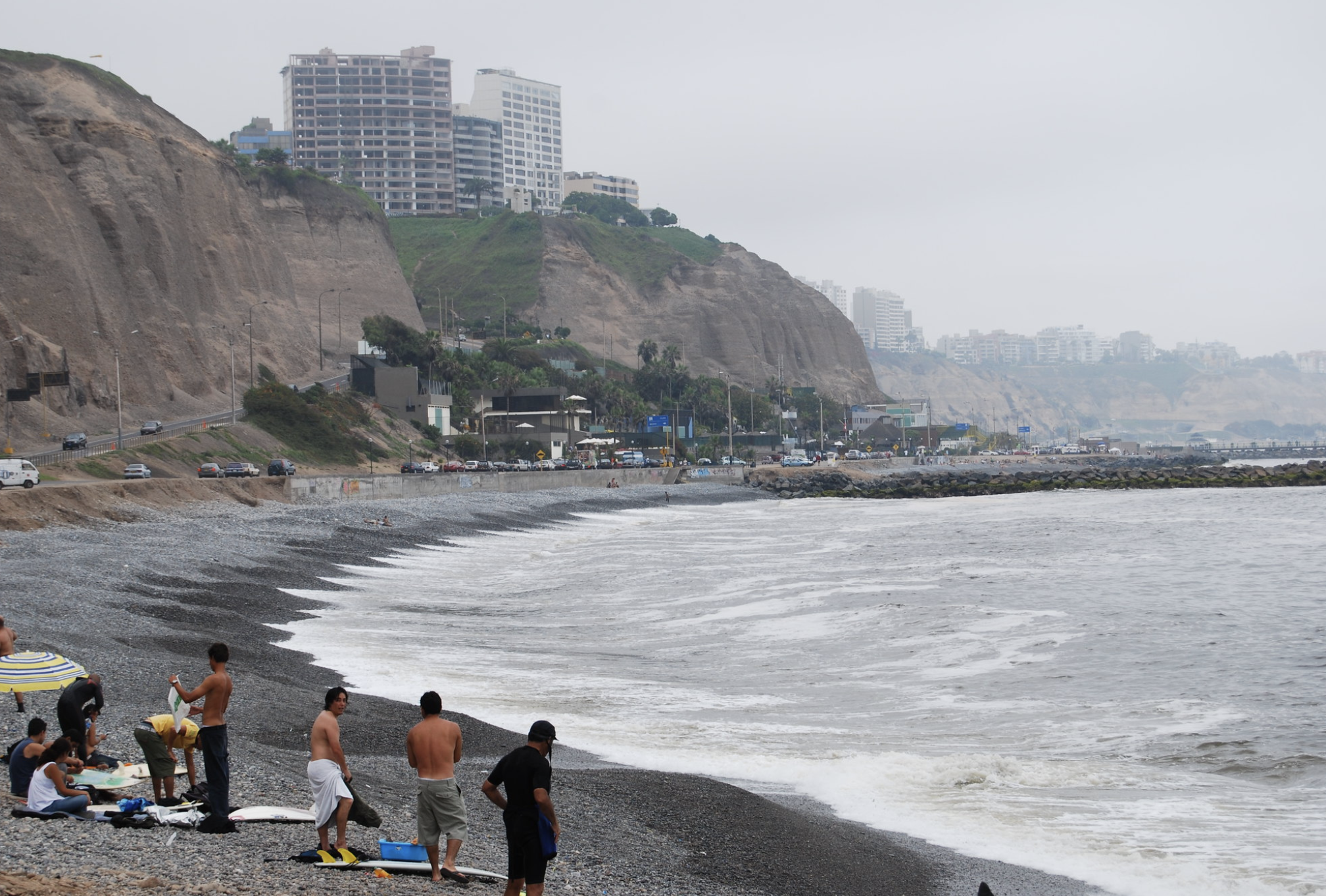
Remember the wonderful seaside that could be seen from Larcomar? The Costa Verde, or “green coast,” is a beach alongside the Circuito de Playas motorway, or “Beach circuit.” Drivers who want to go to Costa Verde park their cars right after detouring from the motorway. For people who do not drive, the bay includes huge stairways which facilitate access to the seaside. While you walk by, breathe the salty, fresh air from the ocean and watch surfers cruise the waves. In addition, Costa Verde also offers one of the best, but expensive, restaurants in the Peruvian capital, the Rosa Nautica. At this restaurant, commensals eat gourmet-style Peruvian dishes while enjoying the view of the sea.

